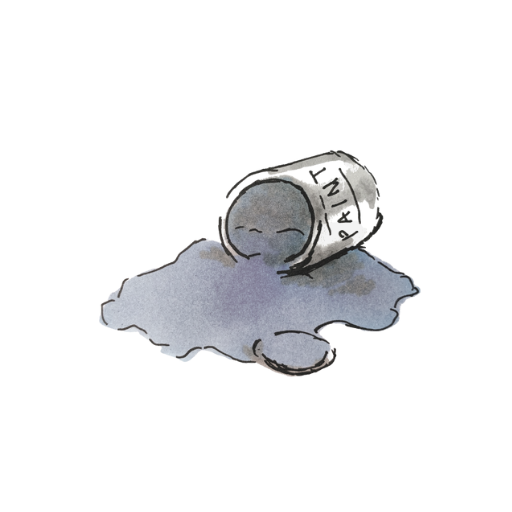

It’s been very rainy lately, so it’s not been easy to get out in the garden, but this weekend is a good time to start planting spring bulbs.
When to plant
Bulbs such as crocuses, fritillaries and daffodils are best going in now before it starts to get really cold, so they can set down roots in the still slightly warm ground. It’s also preferable not to store bulbs too long, so don’t buy them too early.

Tulips are better planted later, around late October or November when the ground is colder as they are less susceptible to disease at that point.
Alliums can go in anytime in October.
If you are planting everything at once, now is the best time but just be aware that tulips are better in colder soil.
How to plant bulbs
I really recommend getting two bulb planters: a large one for tulips, daffodils, alliums and other bigger bulbs a smaller one for crocuses, fritillaries and other small bulbs.
You twist the planter into the ground, pull out the soil, pop the bulb in and cover it back over with soil.


Preparing the soil:
Remove old annuals and cut back perennials. Rough the soil up with a garden fork and dig in some compost.

Where the plant:
Think about sun and shade and make sure your bulbs are suitable for the amount of sun they will get (my first blog looks at this).
Then scatter your bulbs over the planting area and plant them where they land. This gives a more natural end result and uniformly placing them all a similar distance apart.
Think about height: taller bulbs such as alliums are better at the middle to back of the border and little ones such as crocuses are better at the front.
And also think about successive flowering. Bulbs will flower at different times (the packet with guide you) and if you mix them up, you will get some succession. It’s good to have a mix of bulbs flowering from March through to early summer. You can pop all your bulbs in a bucket, mix them up and then scatter them around (just remembering to alter a bit for correct heights).
Remember that small bulbs such as crocuses and fritillaries can be scattered and planted over an area of lawn. Don’t be confined to your borders!

Planting your bulbs:
If you’ve bought a pack of bulbs, chances are some may be no good. If the bulb feels soft, has signs of mould or is rotten, discard it.
Use your bulb planter to twist out the earth where your bulb will go. In heavy soil like mine, add a bit of compost mixed with grit to the bottom of the planting hole, pop the bulb in and put the soil you removed back over the top.

How deep? Bulbs generally like to be planted at least 2-3 times as deep as the size of the bulb itself.A bulb planter will have the depth marked on it as a guide and your bulb packet will also tell you how deep to go but if in doubt, at least twice the depth of the bulb is your starting point.
Tulips like to be planted deeply.
Also the deeper they are planted, the less likely they are to be dug up by squirrels and foxes!
Which way up? The pointy end should stick up. If it isn’t obvious which is the top and which is the bottom of the bulb, plant it on its side and it should still work it’s way upwards.

How many? I think more is more when it comes to bulbs. Many only product a single flower after all. Get as many as you can fit in the ground I say! You are often advised to space them at least twice as far apart as the size of the bulb, but it isn’t an exact science. I still like the scatter method best for a natural, non-uniform rhythm to the planting.


